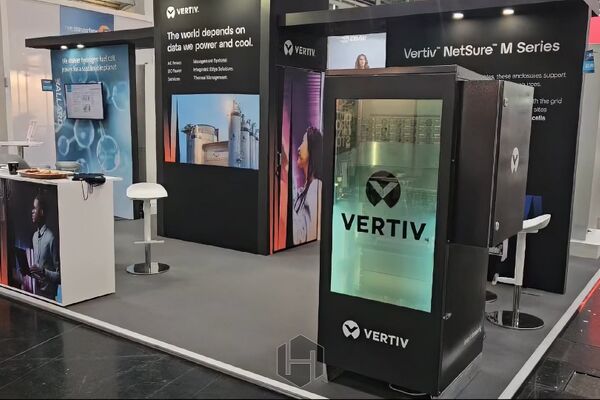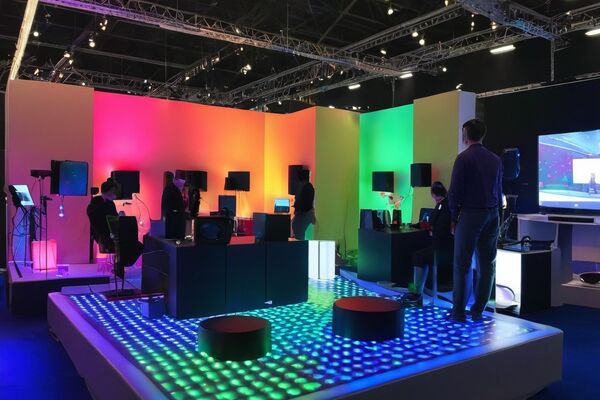In the digital age, social media has become an integral part of our daily lives, shaping how we communicate, share information, and connect with others worldwide. With the rapid advancement of technology, particularly in the realm of computer-generated imagery (CGI), social media platforms are undergoing a transformative evolution. CGI technology, once reserved for blockbuster films and video games, is now revolutionizing the way we interact and engage with content on social media.
CGI, a technique used to create visual content with the aid of computer software, has opened up a plethora of possibilities for enhancing user experiences on social media platforms. From immersive augmented reality (AR) filters to lifelike virtual avatars, CGI is reshaping the landscape of social media in unprecedented ways.
One of the most notable applications of CGI in social media is the integration of AR filters and effects. Platforms like Instagram, Snapchat, and TikTok have leveraged CGI technology to offer users a wide array of interactive filters and effects that overlay onto their photos and videos. These filters allow users to transform their appearance, add playful animations, or even transport themselves to virtual worlds, enhancing creativity and self-expression on social media.
Furthermore, CGI-powered virtual influencers are gaining traction on various social media platforms. These virtual characters, created using advanced CGI techniques, possess their own personalities, lifestyles, and followers. Brands are increasingly collaborating with virtual influencers to promote products and services, blurring the lines between reality and virtuality in influencer marketing.
Moreover, CGI technology has revolutionized the way users engage with advertisements on social media. Dynamic CGI ads can adapt to user preferences and behaviors, offering personalized content that resonates with individual users. This targeted approach not only enhances user experience but also improves ad effectiveness and engagement rates for businesses.
In addition to enhancing user experiences, CGI technology is also playing a crucial role in combating misinformation and fake news on social media. Advanced CGI algorithms can detect and flag manipulated or synthetic media, helping to prevent the spread of false information and preserve the integrity of online discourse.
Furthermore, CGI technology is facilitating virtual social experiences, particularly in the wake of the COVID-19 pandemic, which has accelerated the shift towards online interactions. Virtual reality (VR) and CGI-powered platforms are enabling users to socialize, attend events, and collaborate in virtual environments, fostering a sense of connection and community in an increasingly digital world.
Despite its myriad benefits, the widespread adoption of CGI technology in social media also raises concerns regarding privacy, data security, and ethical implications. As CGI-powered virtual experiences become more immersive and lifelike, there is a growing need to address issues such as consent, identity theft, and digital manipulation.
Moreover, the democratization of CGI tools and techniques has empowered individuals and content creators to produce high-quality visual content without the need for expensive equipment or professional expertise. From amateur filmmakers to aspiring artists, CGI technology has democratized creativity and storytelling on social media, enabling users to unleash their imagination and share their creations with the world.
In conclusion, CGI technology is revolutionizing the landscape of social media, offering unprecedented opportunities for creativity, engagement, and innovation. From interactive AR filters to lifelike virtual influencers, CGI is reshaping how we interact with content and each other on social media platforms. As the technology continues to evolve, it is essential to address the ethical, privacy, and security implications to ensure a safe and inclusive digital environment for all users.










